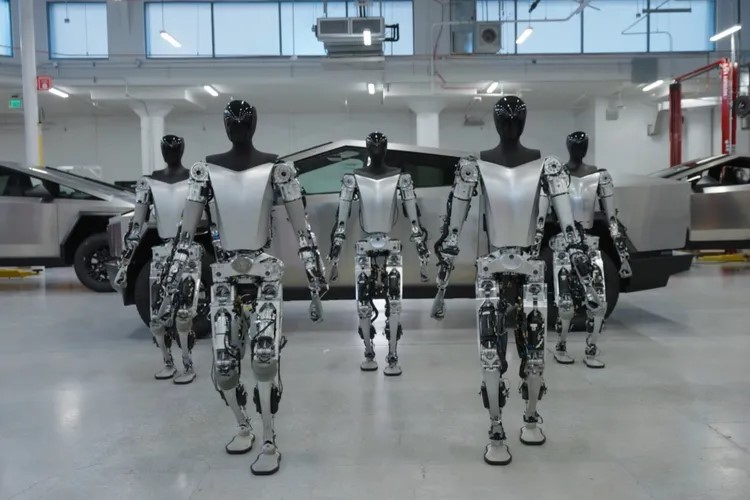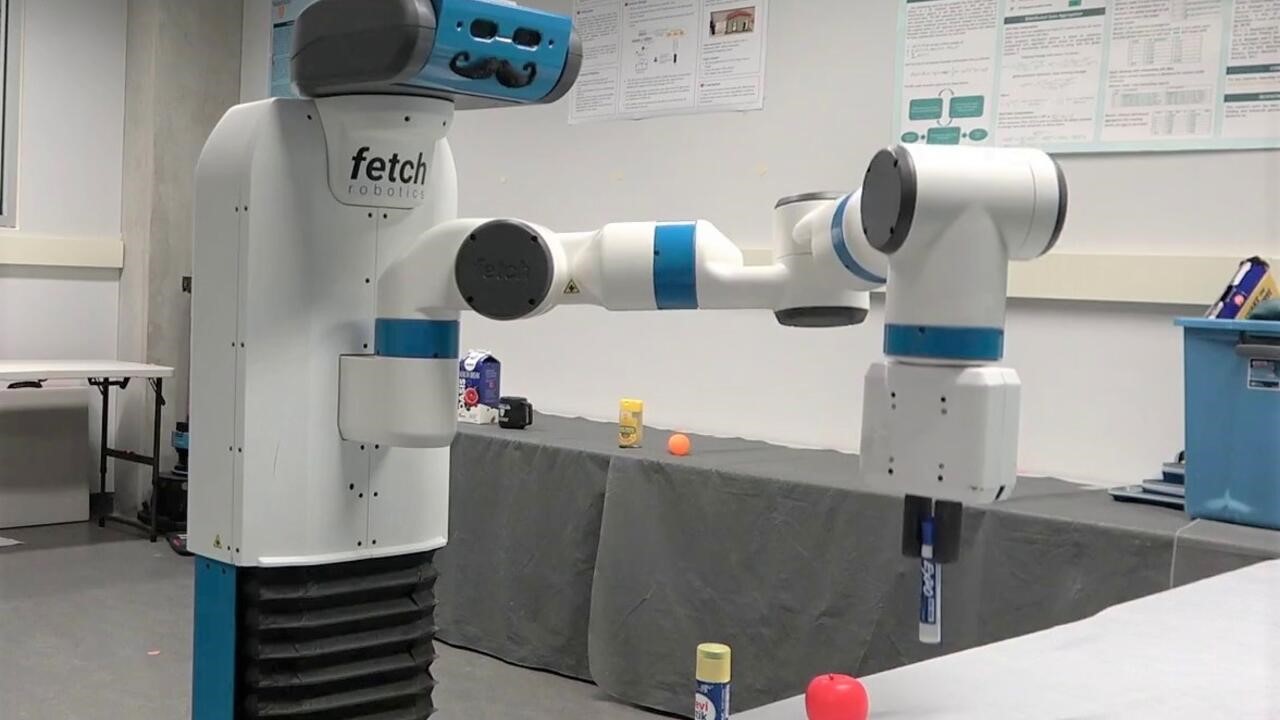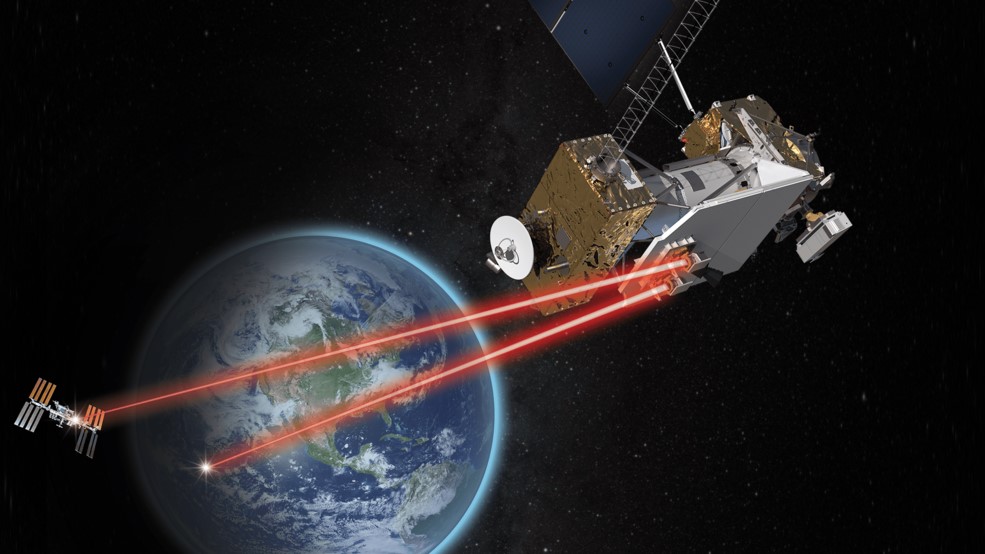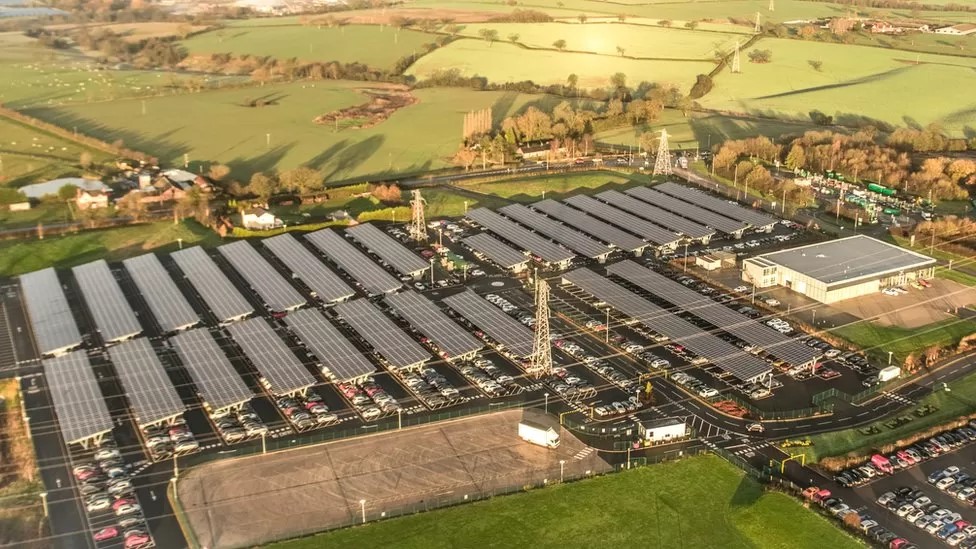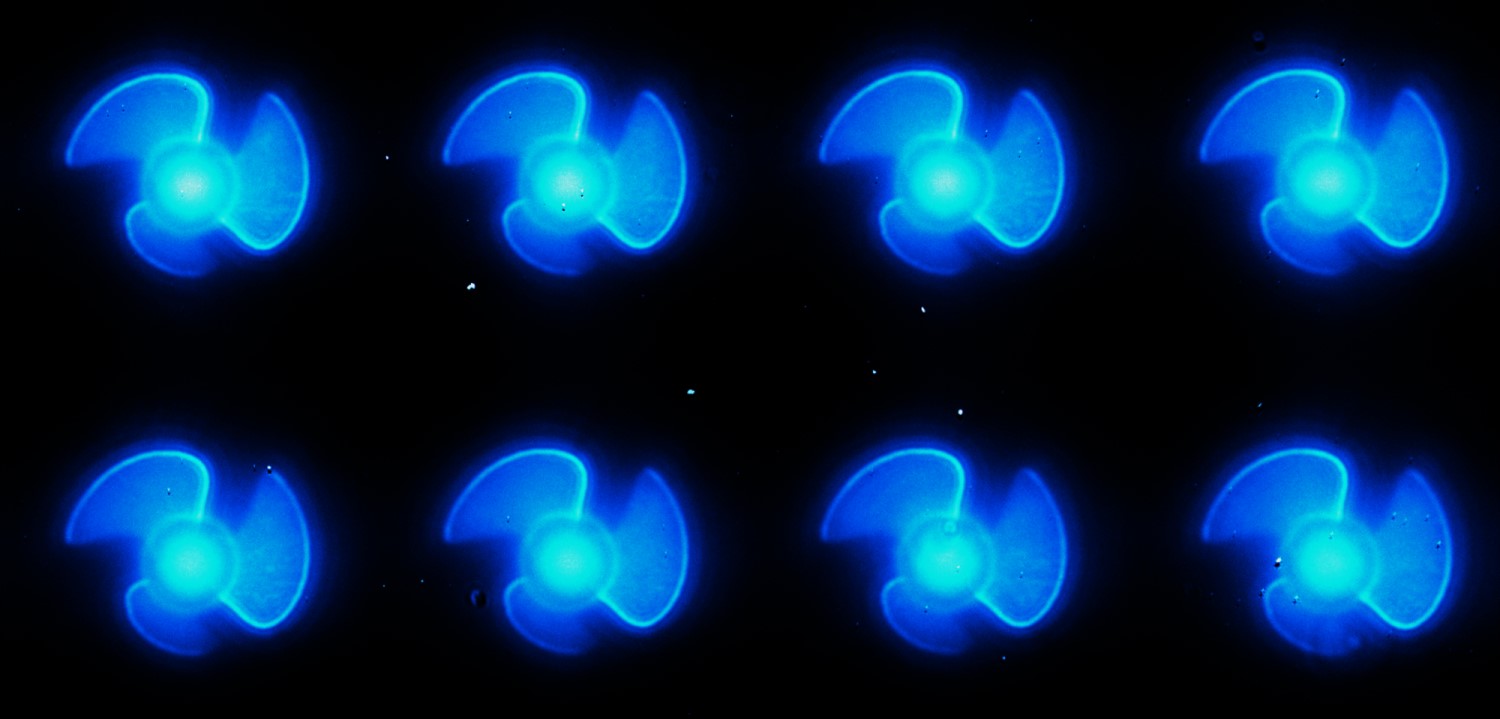Scientists can Easily Collect Human DNA in the Environment
Imagine strolling along a beach, splashing in the ocean, or even floating through the air. Now, imagine that you’re leaving traces of your DNA behind everywhere you go. As unlikely as it sounds, a new study from the University of Florida suggests that’s exactly what’s happening. [1]
Everywhere we go, from a muggy day in Florida to the chilly climes of Ireland, we’re shedding our DNA. We’re coughing it, spitting it, and even flushing it into countless environments. It’s not just in the obvious places like the beach or the ocean, either. [1]
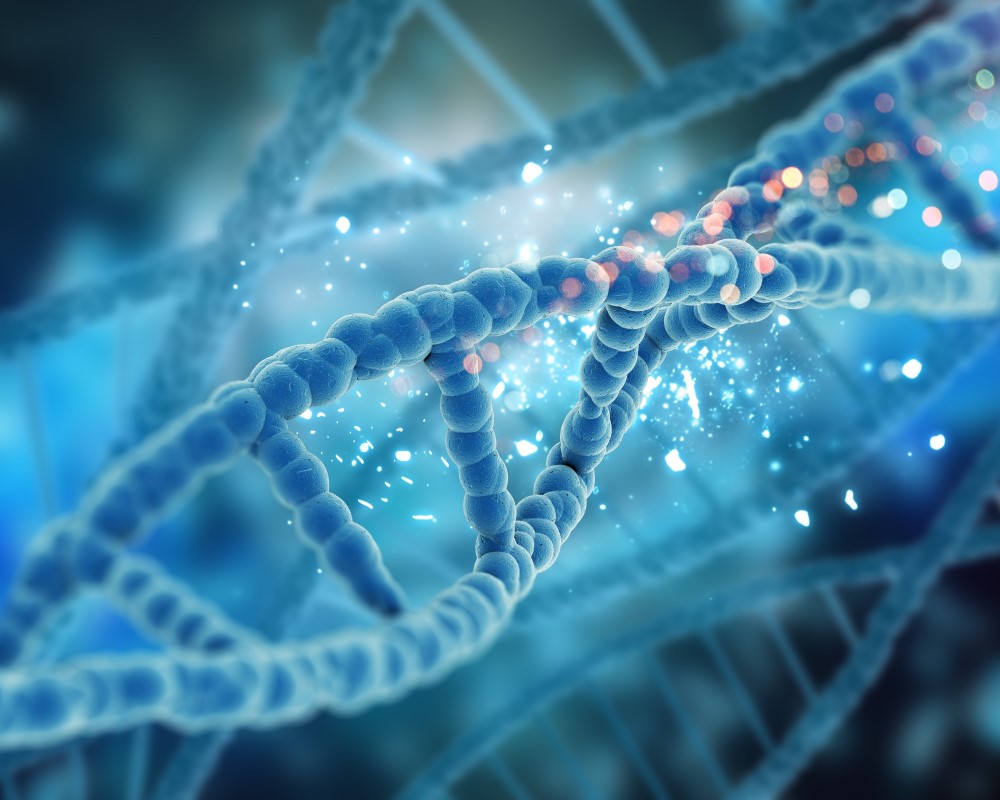
Figure 1. DNA
Figure 1 shows DNA. This human genetic material can be found in riverways, in the air, and in almost every corner of the globe, excluding only the most isolated islands and remote mountaintops. [1]
“We’ve been consistently surprised throughout this project at how much human DNA we find and the quality of that DNA,” David Duffy, a professor of wildlife disease genomics at the University of Florida in Gainesville, said in a school news release. “In most cases the quality is almost equivalent to if you took a sample from a person.” [2]
The DNA samples were of such high quality that scientists could identify mutations associated with disease and determine the genetic ancestry of nearby populations, researchers reported. In fact, environmental human DNA even could provide specific genetic information about individual volunteers, the investigators discovered. The research started from an attempt to study endangered sea turtles and viruses that can cause cancer in them by gathering environmental turtle DNA from the tracks they leave in the sand. [2]
Scientists found human DNA in their turtle samples, raising the question of where else people might have coughed, spit, shed and flushed genetic samples in the environment. Modern genetic sequencing technology makes it relatively easy to sequence the DNA of every organism in an environmental sample, researchers noted. They wondered how much human DNA there would be in samples taken from various places, and whether it was intact enough to harbor useful information. [2]
Duffy’s team found quality human DNA in the ocean and rivers surrounding UF’s Whitney Laboratory for Marine Bioscience and Sea Turtle Hospital in St. Augustine. The DNA was found close to town, far from human settlement, and even in the sand from isolated beaches. The researchers also traveled to a remote island never visited by people, and found it free of human DNA -- at least until they showed up. They were able to retrieve DNA from the footprints that volunteers left in the sand, and these samples were good enough to allow some genetic sequencing. [2]
“It’s standard in science to make these sequences publicly available. But that also means if you don’t screen out human information, anyone can come along and harvest this information,” Duffy said. “That raises issues around consent. Do you need to get consent to take those samples? Or institute some controls to remove human information?” [3]
Another possible implication is in criminal investigations, where eDNA could provide investigators clues to the identity of a perpetrator of a crime, but the potential for abuse and misidentification are highly problematic, especially since eDNA could have found its way into a crime scene from any number of innocent means unrelated to the crime. [3]
“Any time we make a technological advance, there are beneficial things that the technology can be used for and concerning things that the technology can be used for. It’s no different here,” Duffy said. “These are issues we are trying to raise early so policymakers and society have time to develop regulations.” [3]
References:
- https://www.earth.com/news/scientists-can-now-collect-human-dna-from-water-air-and-basically-everywhere/
- https://www.usnews.com/news/health-news/articles/2023-05-15/traces-of-human-dna-are-everywhere-in-the-environment
- https://interestingengineering.com/innovation/human-dna-everywhere-researchers-looked
Cite this article:
Hana M (2023), Scientists can Easily Collect Human DNA in the Environment, AnaTechMaz, pp.197






